All gardeners know that the easiest and best plant to grow are large, dark red, juicy tomatoes.
Cherry, Hot House, Gold Nugget, Big Mama, Roma, I literally do not have enough space on the page to list every single variety – and I don’t think I could even get more than 5% of all varieties off the top of my head.
One thing we’ve learned from our years of backyard gardening is that tomatoes LOVE to regrow. Each tomato has countless amount of seeds as everyone knows, and it honestly feels like each one germinates if in the proper soil.
But, if you want to learn how to properly regrow tomatoes every year, check out our in-depth tomato growing guide here.
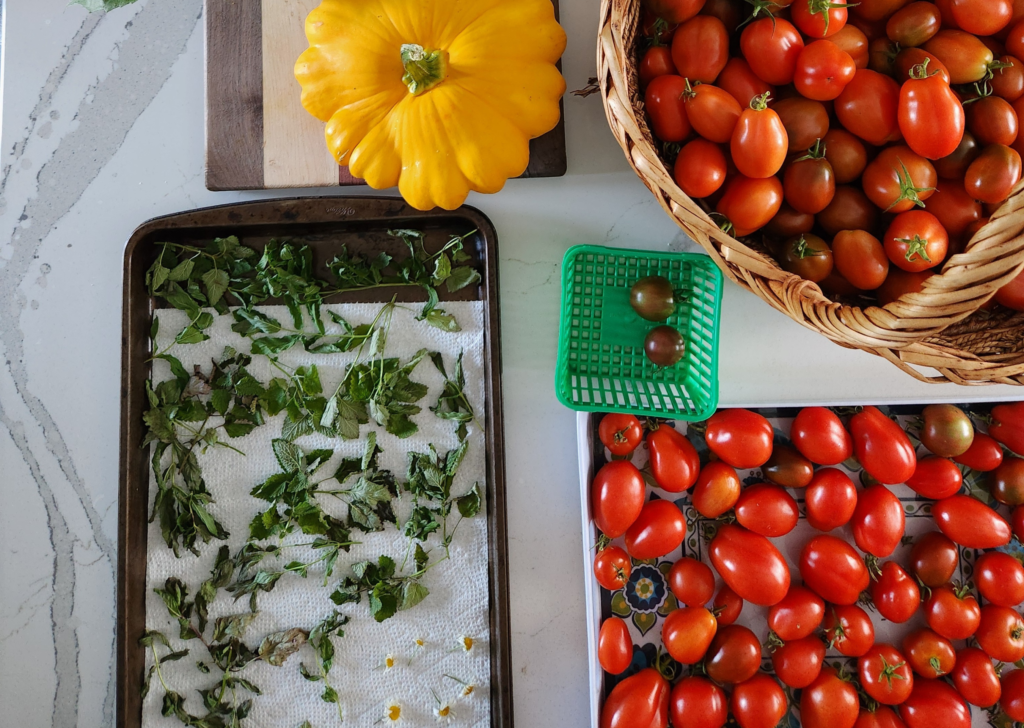
Why I Think Tomatoes Are Invasive
Tomatoes can also regrow from cut-offs. When pruning a growing plant (with cleaned garden pruners!), you can plant the cut-off into the soil and it will grow continue to grow and bare tomatoes! We tested this theory in our first year of gardening. Needless to say, we were amazed. Tomatoes plants have:
- High germination rates
- Countless amounts of seeds in each tomato (if you want to learn how to save tomato seeds overwinter, check out this article).
- 50+ tomatoes per plant
- Each node cut-off can be its own individual plant
- The ability to regrow like a weed
This begs the question: how the hell aren’t tomatoes growing all over the place? The side of the road, in forests, in high foot-traffic areas, hiking trails, literally anywhere and everywhere.
What Defines a Weed or an Invasive Species?
Before labeling tomatoes as a weed or invasive species, it’s important to understand these terms:
- Weed: Any plant that grows where it’s not wanted, often competing with cultivated plants for resources.
- Invasive species: A non-native plant that spreads aggressively and disrupts local ecosystems.
By these definitions, tomatoes might be considered weeds if they sprout unexpectedly in places like flower beds, cracks in sidewalks, or fields. But can they be classified as invasive?
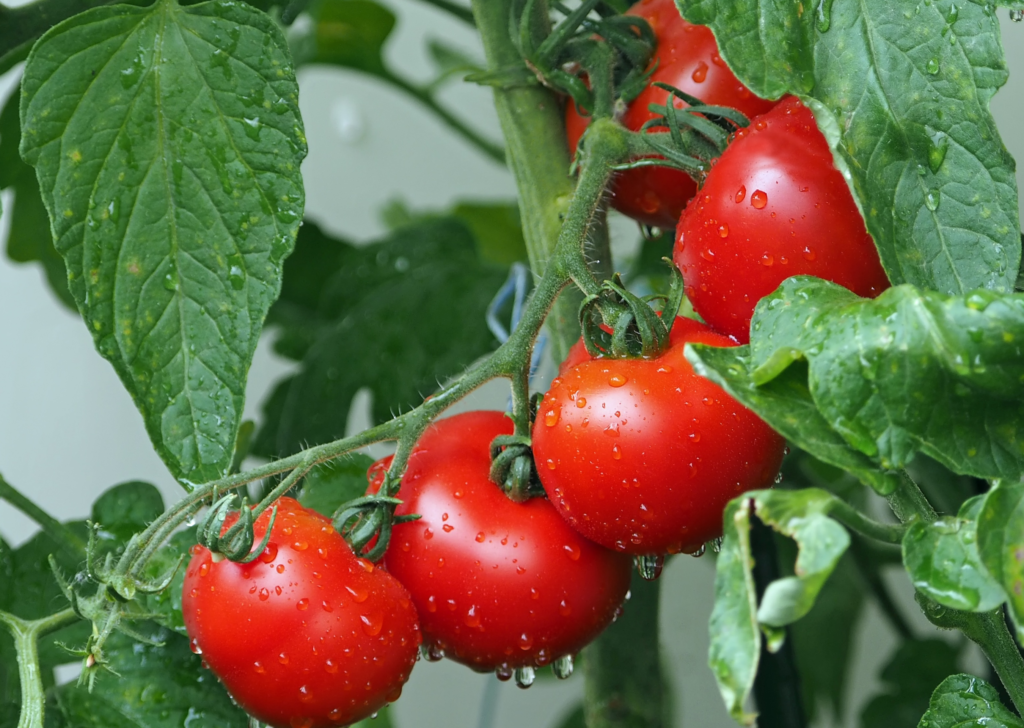
Are Tomatoes an Invasive Species?
According to my research, tomatoes originated in South America and were domesticated thousands of years ago. While wild tomato species can spread rapidly, cultivated varieties are usually dependent on human care. However, in warmer climates with suitable conditions, tomatoes can escape cultivation and grow wild.
Some cases report tomatoes sprouting in natural habitats where they outcompete native vegetation. For example:
- In tropical regions, abandoned tomato plants can spread via seeds dispersed by birds or animals.
- Certain wild tomato relatives exhibit aggressive growth and adaptability.
Despite these occurrences, tomatoes are somehow still not considered an invasive species compared to well-known invasive plants like wild-raspberry or lilac bushes.

Why Do Tomatoes Sometimes Grow Like Weeds?
- Seed Dispersal: Birds, wind, and even composting can spread tomato seeds beyond garden boundaries.
- Hardy Nature: Many tomato varieties are resilient and can germinate in unexpected areas.
- Survival Tactics: If left unmanaged, they may grow among other plants, competing for nutrients and space.
Should You Worry About Tomatoes Spreading?
If you find tomatoes growing where they weren’t planted, consider:
- Removing unwanted plants before they go to seed (which means before they start dropping tomatoes).
- Ensuring there’s no tomatoes left to decompose in your garden bed.
- Mulching garden beds to suppress accidental growth.
- Using crop rotation to prevent excessive self-seeding.
While some gardeners welcome surprise tomato plants, controlling their spread ensures they don’t take over your garden. More on that in the next paragraph!
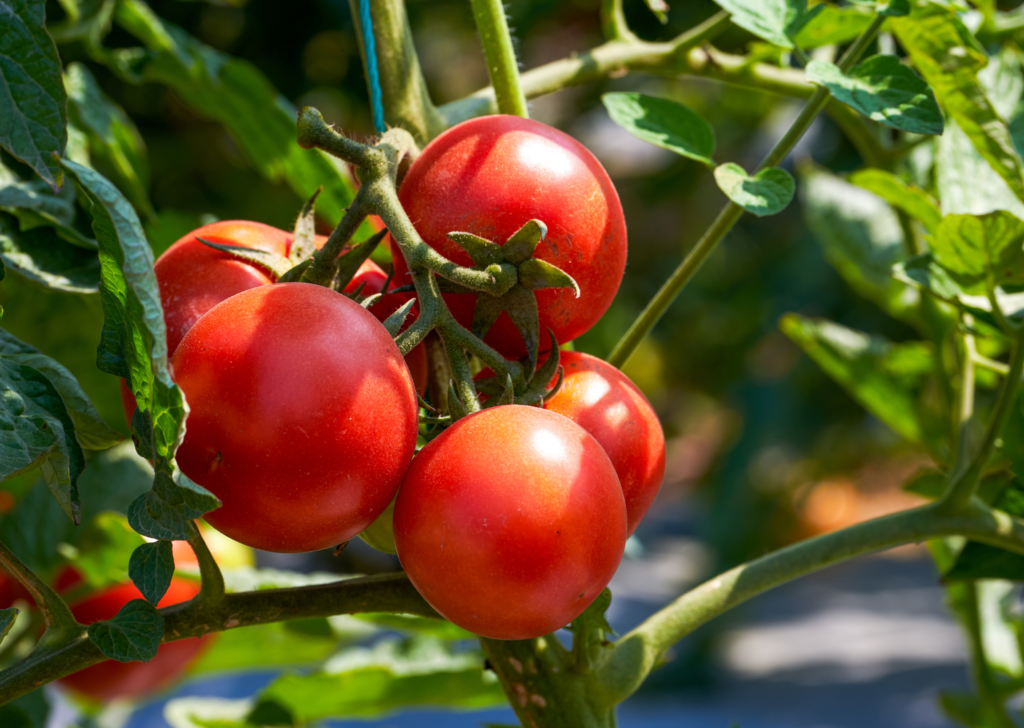
Tomato Growing Mistakes and Crimes
In our first year of gardening, we had 8 tomato plants that grew 6 feet tall. I believe in total we counted that we got 400 tomatoes. Insane.
That summer we ate fresh tomatoes out of the backyard and ALL gardeners know what I mean when I say that it’s the best experience ever. If we didn’t finish the fruit in it’s entirety, we decided to throw the rest of the tomato into the garden bed as organic compost. DO NOT DO THIS!
We also had some tomatoes over time go moldy because of the small bed we had and the lack of trimming and space. We have since learned our lesson on that one. But with those tomatoes or ones eaten by other animals, we let them decompose in the garden bed as organic compost. DO NOT DO THIS!
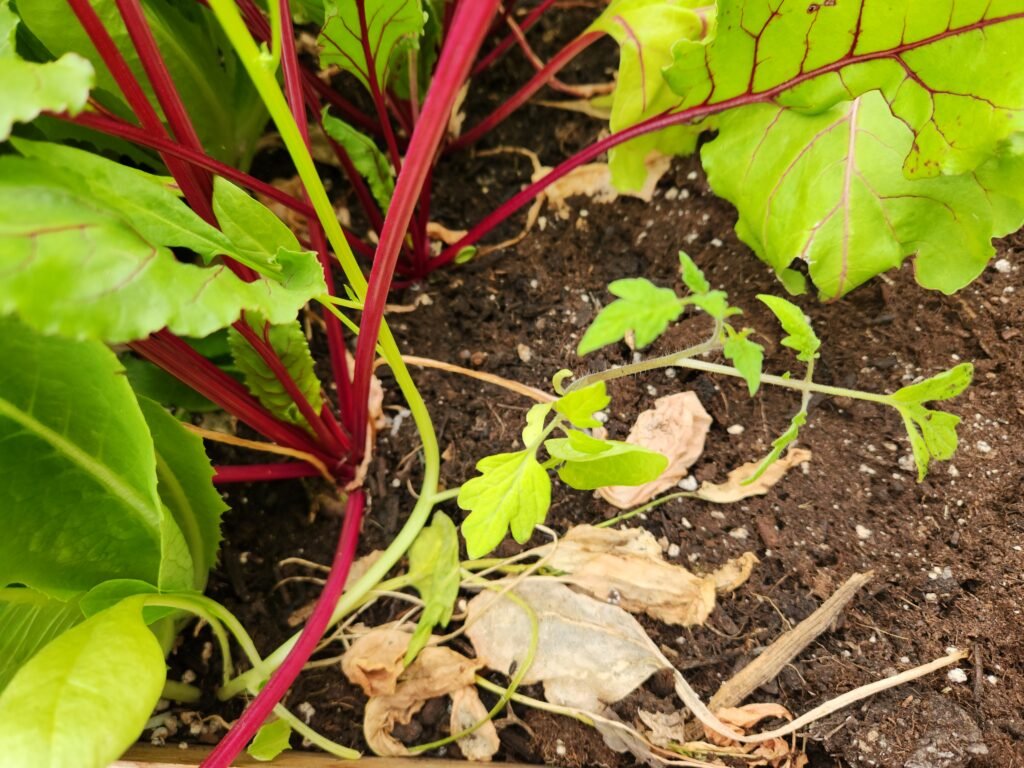
The following year we had over 30 tomato plants sprouting up around the garden bed in places we didn’t want.
As people who have a hard time thinning plants, we did let some of them grow in inconvenient places. But not all because (as weeds), they were in the way of our planned crops.
We’ve even had tomatoes growing in our compost – and that soil made for amazing tomatoes and great chicken food.
Why We Never Learn Our Lesson – Tomatoes Are Invasive & Nothing Will Change my Opinion
Did we learn our lesson? A little – but not really.
Here we are now, coming to the end of another winter and getting ready to plant some items in the greenhouse. I went outside to tidy up, clean the beds, add manure, and get rid of the dead and decomposing plants, (we got into detail on our experience with leaving plants/roots to decompose on the garden beds in another post).
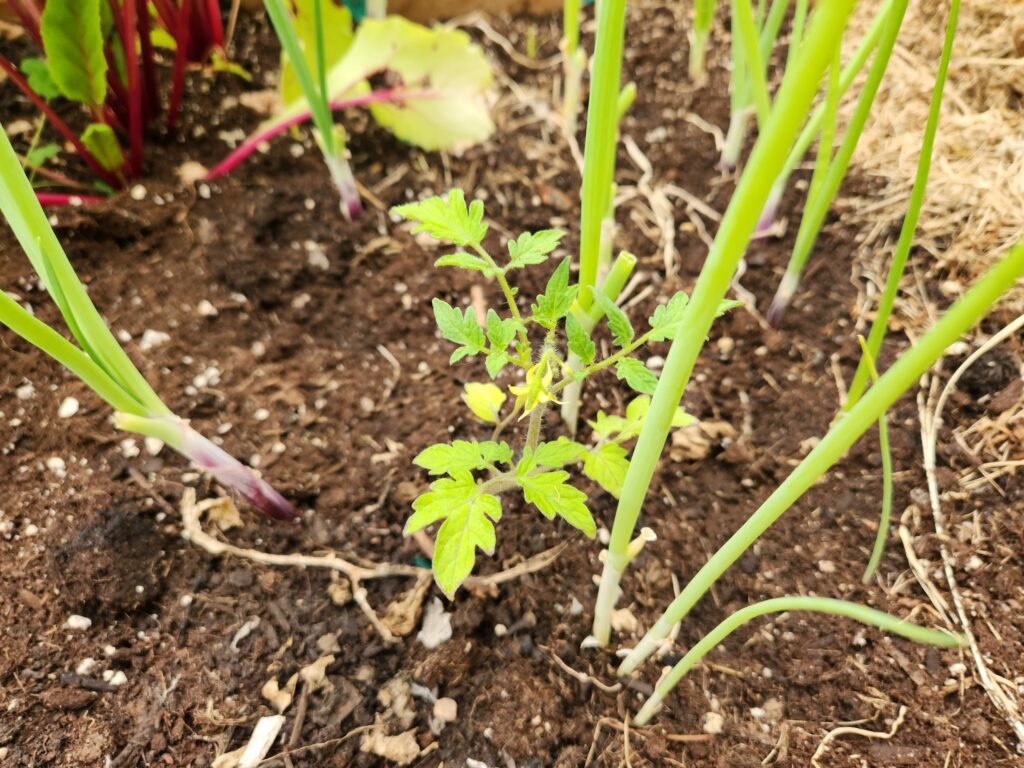
And low and behold – another 10+ decomposing tomatoes I found in the soil that probably would have ended up growing 30+ tomatoes in a greenhouse that is already planned/spaced to the max. Even after cleaning it up, we will still get some volunteer plants that I miss every single year.
Helpful Articles About Tomatoes:
- How To Grow Tomatoes From Seed To Harvest.
- Common Tomato Diseases And How To Fix Them
- A Simple Way To Save Tomato Seeds
- When and How to Transplant Tomato Seedlings
- The 3 Best Companion Plants For Tomatoes
Conclusion
TLDR: Don’t leave tomatoes to decompose in garden beds or anywhere you plan on planting seeds. Tomatoes are unbelievably hardy, they’re almost considered invasive, (but not technically) they grow everywhere you don’t want them to. Are they a weed? That’s subjective and up to you. Still not sure how we don’t come across tomatoes growing along the roads…
We hope you enjoyed this article on tomatoes as a weed or invasive species! If you did, make sure you check out the other content on growing guides, seed saving guides, recipes and more. We are growing our website with more articles all the time, and we invite you to grow with us. Whether you’re a seasoned gardener or just starting out, it can be an enriching experience. Join the conversation and share your experience or thoughts with tomatoes as an invasive species in the comments! Happy gardening!


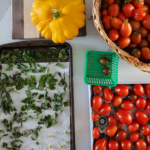
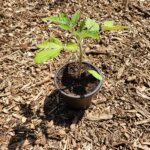


I love for tomatoes to come up like this. We always called them volunteers. My dad taught me that you could have a late crop of tomatoes by planting suckers as well. I never plant cherry tomatoes. They come up in the garden every year, and I let 2 or 3 grow. I also have volunteer watermelons that come up every year. This year, I even had volunteer cucumbers, and summer squash. I never have to plant Zinnias either. They come up in my flower bed every year from seeds. I have a passion for growing things, and a fascination with how plants come up year after year. To me, it’s all good. Happy gardening.